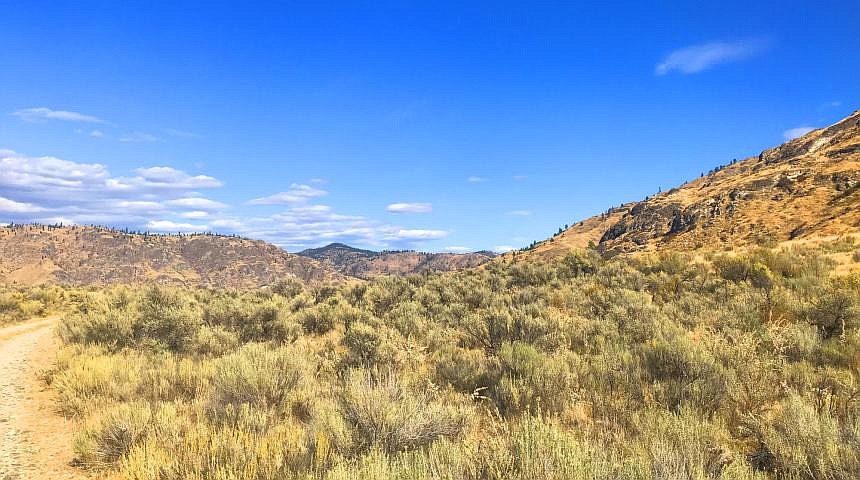State shrubsteppe habitat conservation plan submitted
OLYMPIA — The Washington Department of Fish and Wildlife, Washington State Conservation Commission and Washington State Department of Natural Resources last week submitted a new plan to the state Legislature intended to guide future conservation of Washington’s shrubsteppe habitat, according to a Monday WDFW announcement.
Become a Subscriber!
You have read all of your free articles this month. Select a plan below to start your subscription today.
Already a subscriber? Login




